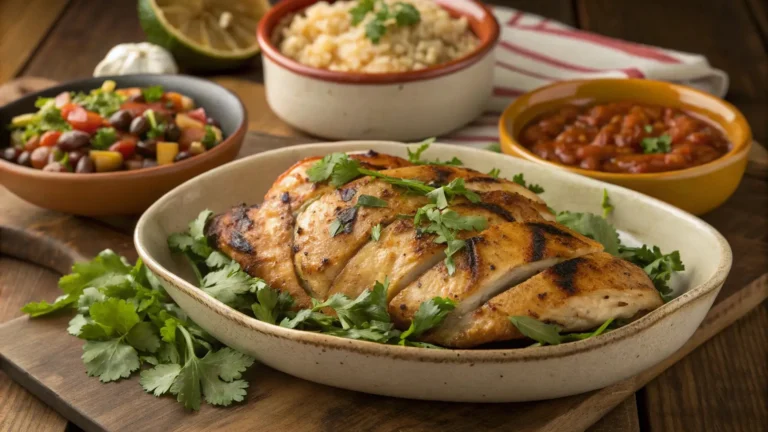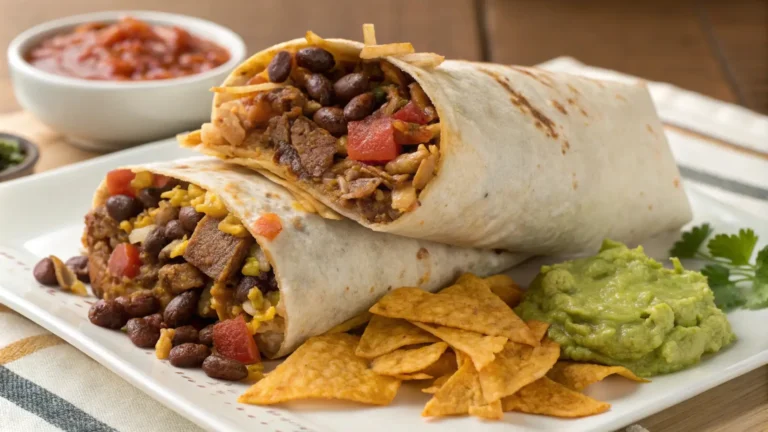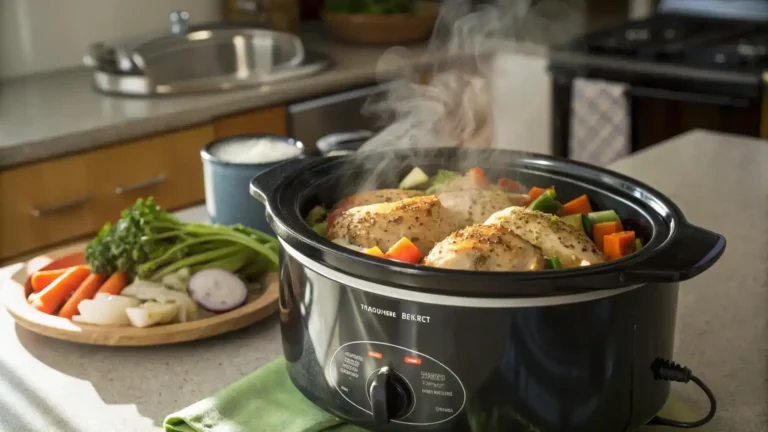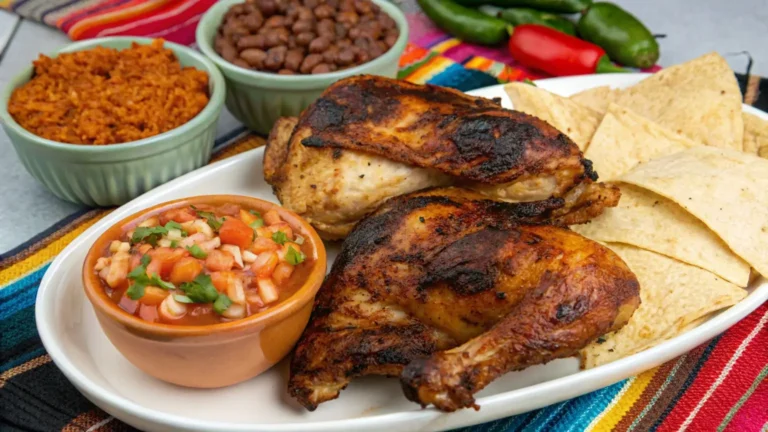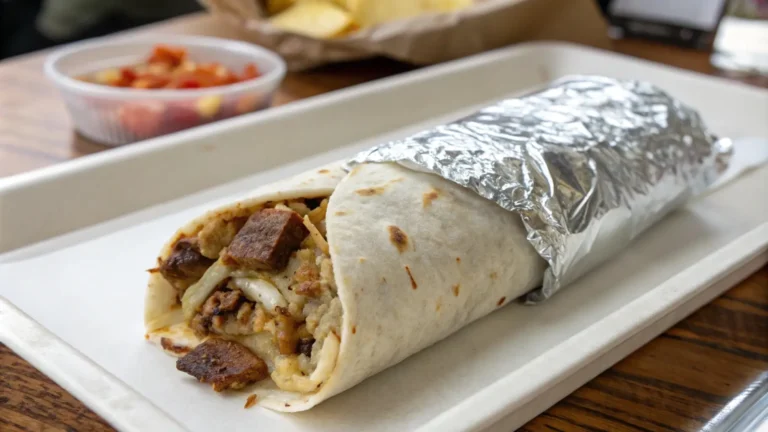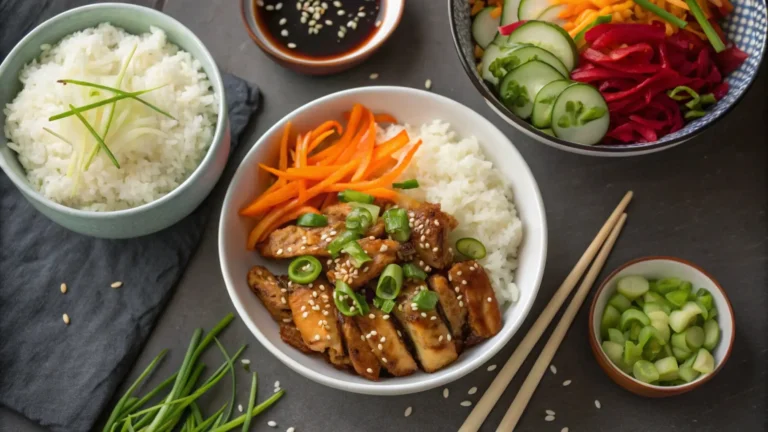Is Mayo or Butter Better for Grilled Cheese? The Ultimate Guide
When it comes to making the perfect grilled cheese, even the smallest details can spark heated debates. Whether it’s the choice of bread, the type of cheese, or how to slice it, every decision matters. But one question stands out as the ultimate grilled cheese conundrum: Is mayo or butter better for grilled cheese?
This article dives into the great spread debate, exploring the pros and cons of butter, the rising popularity of mayo, and the surprising middle ground of combining the two. Whether you’re a grilled cheese purist or just curious, you’ll learn how each method impacts flavor, texture, and ease of preparation. Let’s break it down, starting with why butter is the timeless favorite.
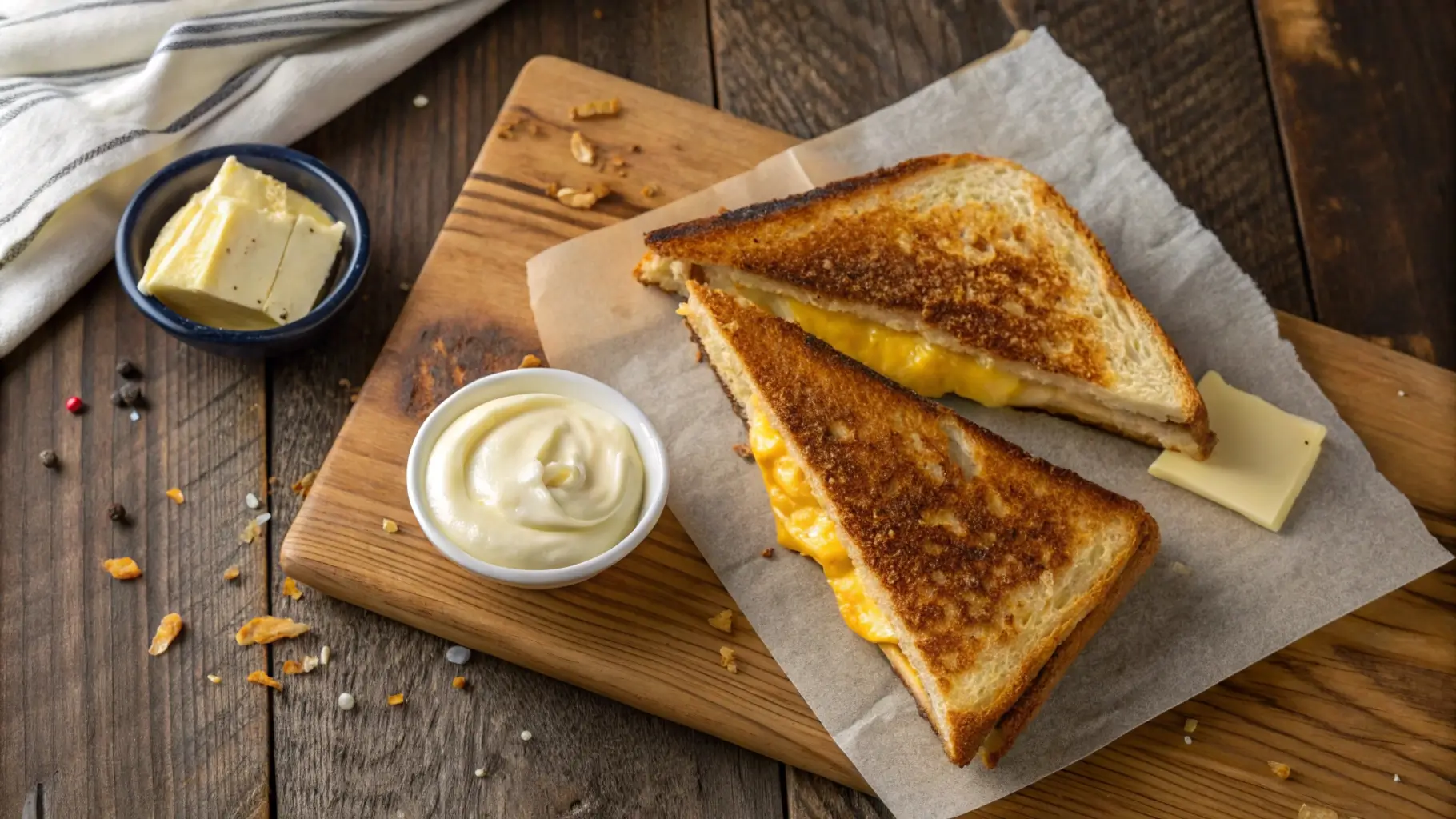
Introduction to the Grilled Cheese Debate
The Grilled Cheese Legacy
Grilled cheese has been a staple comfort food for generations. A perfect balance of crunchy, golden bread and gooey, melted cheese makes it irresistible. From childhood lunches to late-night snacks, it’s a dish that brings back fond memories for many. However, achieving that iconic crispy crust isn’t just about the cheese or the bread—it starts with the spread.
Traditionally, butter has been the go-to choice. Its rich, nutty flavor and ability to create a golden crust have long made it a fan favorite. But recently, mayonnaise has emerged as a strong contender, with many claiming it delivers a superior result. Both options have their loyalists, and the debate over which one is better has divided grilled cheese enthusiasts worldwide.
Butter vs. Mayo: A Heated Debate
Butter lovers argue that nothing compares to its creamy, decadent flavor. Meanwhile, mayo advocates rave about its high heat tolerance and even browning. Surprisingly, both sides have valid points, and choosing the “best” option often depends on personal taste and cooking style.
Adding fuel to the fire, celebrity chefs like Martha Stewart and Antoni Porowski have publicly supported mayo, while traditionalists insist butter reigns supreme. Is this simply a matter of preference, or is one method genuinely better? As we’ll discover, the answer lies in understanding what each spread brings to the table—and the frying pan.
Why Butter is the Traditional Choice for Grilled Cheese
Butter’s Classic Flavor for Grilled Cheese
Butter has long been the king of grilled cheese spreads—and for good reason. Packed with lightly sweet milk solids, butter transforms into golden brown perfection when heated. This process, known as browning, gives grilled cheese that rich, nutty flavor many of us associate with childhood. It enhances not just the bread but also the cheese, complementing classic choices like cheddar, mozzarella, or Swiss.
Additionally, butter provides a creamy base that melts into the bread, adding decadence to every bite. It’s this irreplaceable flavor that keeps butter loyalists coming back for more. But as we’ll see, flavor alone isn’t always enough.
Challenges of Using Butter in Grilled Cheese
Despite its tasty reputation, butter isn’t always the easiest option to work with. For starters, it burns quickly. The milk solids that make butter so flavorful are also highly sensitive to heat. If your skillet is too hot—or if you’re not paying close attention—your grilled cheese can go from golden brown to charred in seconds.
Another challenge? Butter’s solid form. Straight out of the fridge, it can be tough to spread evenly on bread. Unless you let it soften beforehand, you might end up with clumps or an uneven coating, which can lead to patchy browning. These issues make butter a slightly finicky choice for grilled cheese newbies.
Tips for Perfect Grilled Cheese with Butter
If you’re determined to stick with butter, there are ways to make it work. First, try softening it quickly by microwaving it for just a few seconds or letting it sit at room temperature while you prep. You can also use clarified butter, which removes the milk solids that tend to burn, for a cleaner browning experience.
Cooking at medium heat is another trick. It ensures that the bread has enough time to toast while the cheese melts. Finally, using a nonstick or cast-iron pan can help distribute heat evenly, reducing the risk of burning.
While butter is the traditional choice, it’s not without its challenges. So, is mayo or butter better for grilled cheese? Let’s explore why mayo is becoming a game-changer.
Why Mayo is a Game-Changer for Grilled Cheese
What Makes Mayo Better for Grilled Cheese?
Mayonnaise might not be the first thing that comes to mind for grilled cheese, but it’s quickly earning fans. Made from oil, egg, and vinegar or lemon juice, mayo is an emulsion that combines fat with acid. This unique composition makes it a powerful tool for grilling.
Unlike butter, mayo is ready to use straight from the fridge—no softening required. Its spreadable texture ensures an even layer, which means your bread browns uniformly. Moreover, because it doesn’t contain milk solids, mayo can handle higher heat without burning. This gives cooks more control over the cooking process, reducing the risk of charred spots.
Advantages of Mayo in the Grilled Cheese Debate
Using mayo on your grilled cheese offers practical perks beyond just ease of use. Its high fat content creates a crispy, golden crust that rivals butter. What’s more, mayo’s neutral flavor lets the cheese shine, making it a great choice for those who prefer their grilled cheese to taste primarily of, well, cheese.
Even professional chefs have hopped on the mayo bandwagon. They appreciate how it makes achieving that picture-perfect crust almost foolproof. Whether you’re a beginner or a seasoned cook, mayo simplifies the process without sacrificing quality.
Potential Downsides to Using Mayo
Of course, mayo isn’t without its drawbacks. For traditionalists, it lacks the creamy, nostalgic flavor that butter provides. Some might even find mayo’s tangy undertone distracting, especially if they’re used to the richness of butter.
Additionally, not all mayo works well. Light or reduced-fat mayo, for example, has a higher water content that can leave your bread soggy instead of crispy. For best results, stick to full-fat varieties.
While mayo offers many benefits, the debate over is mayo or butter better for grilled cheese? continues. In the next section, we’ll explore a hybrid approach that combines the best of both worlds.
The Hybrid Solution: Mayo and Butter Together
Combining the Best of Both Worlds
For those who can’t decide whether mayo or butter is better for grilled cheese, why not try both? By blending these two spreads, you can enjoy the advantages of each. Butter adds its rich, nostalgic flavor, while mayo ensures an evenly browned crust that’s hard to beat. This combo approach is like a culinary cheat code, elevating your grilled cheese game with minimal effort.
The secret lies in the science of fat. Mayo’s emulsion of oil and acid creates stability, while butter contributes its creamy milk solids. When combined, the result is a crust that’s golden and crisp yet full of buttery flavor. Plus, this method solves butter’s burning issue since mayo acts as a buffer against high heat.
How to Use the Mayo-Butter Combo
To create the perfect mayo-butter mix, simply combine equal parts softened butter and full-fat mayonnaise. Stir until smooth, then spread a thin layer evenly over the bread before grilling. Cook your sandwich on medium heat to ensure the bread has time to toast without scorching.
The result? A sandwich that’s crispy, golden, and bursting with flavor. This method is particularly useful for beginners or anyone short on time. It’s forgiving and delivers consistent results without constant stove-watching.
If you’re still experimenting, why not try it yourself? You’ll quickly see why so many foodies swear by this hybrid approach. For more ideas on making gourmet-style grilled cheese, check out this recipe for Cheesy Garlic Bread Shrimp Grilled Cheese.
Comparative Analysis: Mayo vs. Butter vs. Combo
Texture and Crust Comparison
When it comes to texture, each spread has its strengths. Butter creates a soft, flaky crust, while mayo delivers a more uniform, crispy finish. The butter-mayo combo strikes a balance, offering crispiness without losing butter’s signature creaminess. If you’re aiming for a sandwich that looks as good as it tastes, the hybrid approach is a clear winner.
Flavor Profiles
The flavor battle is where personal preference truly shines. Butter offers a warm, nutty richness that mayo lacks. On the other hand, mayo has a neutral taste, letting the cheese and bread take center stage. The combo brings the best of both worlds, creating a sandwich that’s rich yet balanced.
For fans of bold flavors, butter is the way to go. But if you prefer your sandwich to highlight the cheese, mayo might surprise you. Either way, asking yourself, “Is mayo or butter better for grilled cheese?” depends largely on your flavor priorities.
Practicality and Ease of Use
If convenience is your main concern, mayo is the most user-friendly choice. It spreads easily, doesn’t require softening, and resists burning. Butter, while flavorful, takes a bit more effort to work with. However, combining the two provides an easy middle ground, offering buttery richness with mayo’s practicality.
In the end, the “best” spread depends on your cooking style, taste preferences, and how much effort you’re willing to put in. Why not try all three methods to find your favorite?
Part 6: FAQs About Mayo and Butter for Grilled Cheese (200 Words)
Why Does Butter Burn More Easily Than Mayo?
Butter burns more easily because it contains milk solids, which caramelize quickly at high temperatures. While this adds a nutty flavor when cooked just right, it also makes butter tricky to work with, especially on a hot skillet. Mayo, on the other hand, lacks milk solids and has a higher smoke point, meaning it can handle the heat better. If you’re wondering is mayo or butter better for grilled cheese?, mayo might be your best bet for avoiding burnt crusts.
Can You Use Vegan Mayo or Butter Alternatives?
Absolutely! Vegan mayo, typically made from oils and plant-based emulsifiers, works wonderfully for grilled cheese. It’s a great option for those avoiding dairy while still delivering a crisp, golden crust. Plant-based butters can also work, though their flavor and performance vary depending on the brand. Always choose full-fat options for the best results.
Does the Choice of Bread Affect the Spread You Should Use?
Yes, your bread choice plays a big role in how the spread performs. Soft, airy bread absorbs spreads like butter or mayo differently than denser varieties like sourdough. If you’re using thick, hearty bread, mayo’s spreadability can make it easier to achieve even browning. But for classic white or wheat bread, butter might give you that nostalgic, creamy taste.
Conclusion: Which One is Better for You?
Choosing Based on Personal Preference
At the end of the day, whether mayo or butter is better for grilled cheese depends entirely on your taste and cooking style. Butter is the go-to for those seeking rich, nostalgic flavors, while mayo shines for its ease of use and consistent results. The good news? You don’t have to pick just one.
Experimenting with Different Techniques
Why not experiment to find your perfect grilled cheese? Start by trying butter for a classic flavor, then test mayo for a crispier crust. Finally, give the mayo-butter combo a shot—it just might become your favorite. With each method offering unique perks, there’s no wrong answer in this tasty debate.
For more sandwich inspiration, check out this Cheesy Garlic Bread Shrimp Grilled Cheese. It’s proof that the possibilities for grilled cheese are truly endless!

